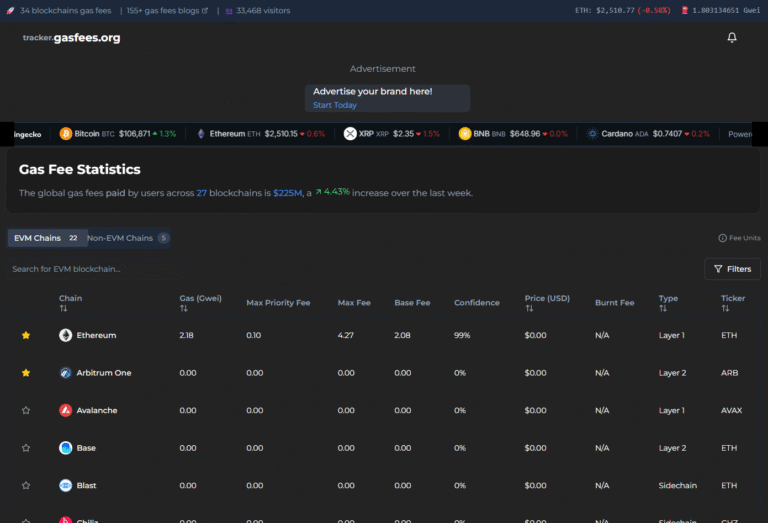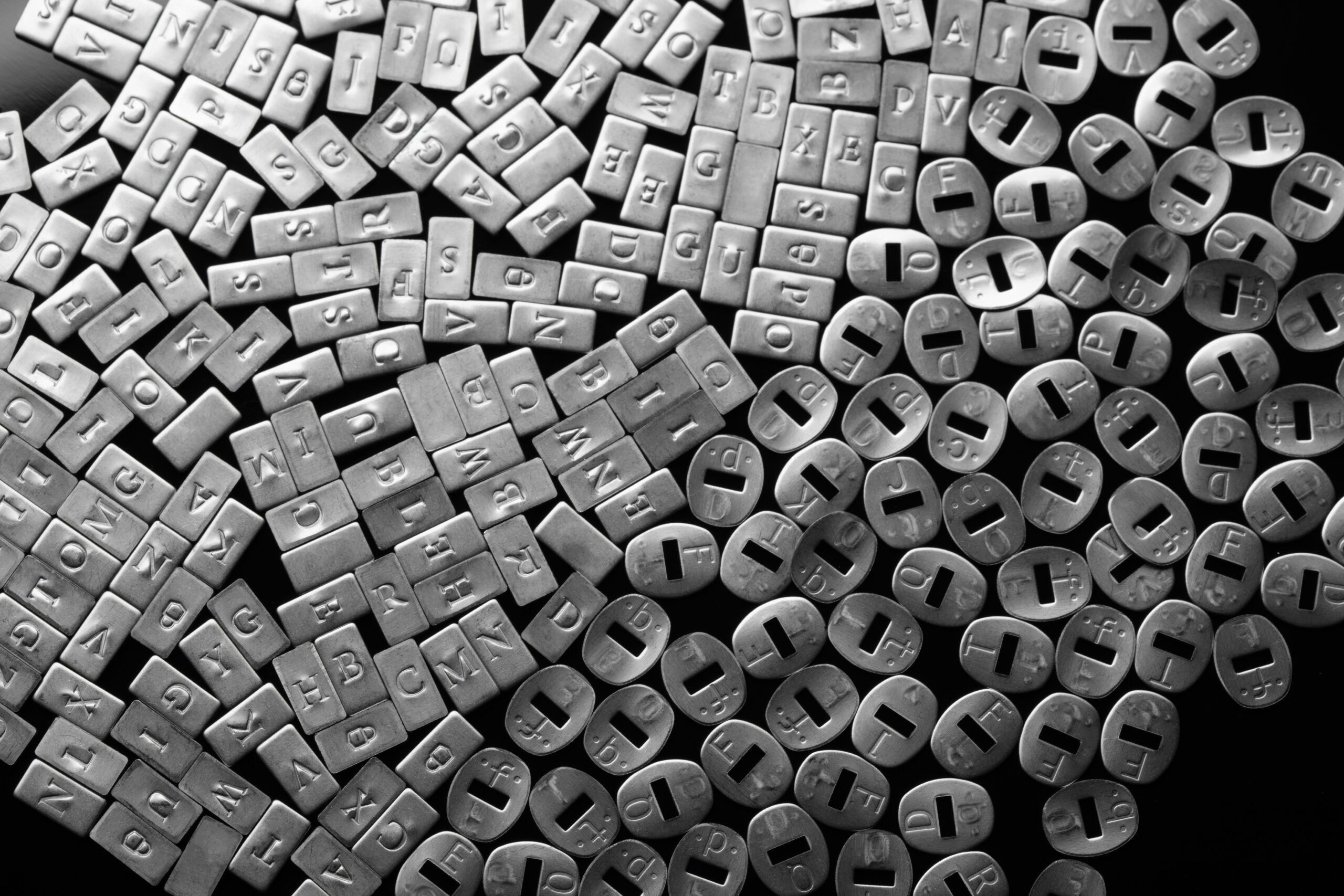What Are Hedera Gas Fees?
Mastering Hedera Gas Fees: Your Guide to Cost-Effective Transactions
Hedera Hashgraph is revolutionizing blockchain with its fast, secure, and eco-friendly network powered by a directed acyclic graph (DAG). As developers and businesses embrace Hedera for DeFi, tokenization, and Web3, understanding its gas fee structure is key to optimizing costs and efficiency. This guide simplifies Hedera’s gas fees, their importance, and how to navigate them effectively.
What Is Hedera Hashgraph?
Hedera is a decentralized public ledger leveraging its unique Hashgraph consensus algorithm. It delivers high-speed transactions (over 10,000 per second), low latency, and carbon-negative operations. Unlike traditional blockchains, Hedera’s DAG architecture ensures scalability, fairness, and enterprise-grade security, making it ideal for DApps, NFTs, and tokenized assets.
Why Gas Fees Matter
Gas fees are essential to Hedera’s ecosystem, serving three core functions:
- Resource Allocation: Fees ensure efficient transaction processing by nodes, maintaining smooth network performance.
- Network Security: Fees deter spam and malicious activity, keeping the network stable.
- Node Incentives: Fees reward nodes for validating transactions, supporting Hedera’s decentralized infrastructure.
How Hedera Gas Fees Work
Hedera’s fee structure balances affordability and performance, combining fixed fees for standard transactions with dynamic fees for smart contracts. Here’s the breakdown:
- Fixed Fees for Standard Transactions: Operations like HBAR transfers or token minting have predictable, low costs (e.g., $0.0001 for an HBAR transfer). Paid in HBAR, these fees remain stable regardless of network congestion.
- Dynamic Fees for Smart Contracts: Deploying or executing EVM-compatible smart contracts incurs fees based on computational complexity. These are significantly lower than Ethereum’s, often costing fractions of a cent.
Key Factors Influencing Fees:
- Gas Price: The cost per gas unit, set by the network but slightly variable for smart contracts based on demand.
- Gas Limit: The maximum gas you allocate for a transaction, preventing overspending on complex operations.
- Network Demand: Fixed fees stay consistent, but smart contract fees may increase slightly during peak activity.
For example, transferring 100 HBAR costs ~$0.0001, while deploying an NFT marketplace smart contract might range from $0.01 to $0.10, depending on complexity and network conditions.
Where Gas Fees Apply
Gas fees are incurred across Hedera’s core services:
- HBAR and Token Transfers: Minimal fixed fees for transferring HBAR or tokens (fungible or NFTs).
- Smart Contracts: Dynamic fees for running DeFi protocols or DApps on Hedera’s EVM-compatible layer.
- Hedera Consensus Service (HCS): Small fixed fees for submitting timestamped records or messages.
- File Storage: Fees for storing data (e.g., legal documents or metadata) based on size and duration.
Tips to Minimize Gas Fees
Optimize your Hedera transactions with these strategies:
- Use Fee Estimators: Tools like HashPack or Blade wallets offer real-time fee estimates for smart contracts, helping you select the best gas price.
- Time Transactions: Execute smart contract operations during low network activity (monitor via Hedera’s explorer) to reduce costs.
- Optimize Smart Contracts: Developers can write efficient code to lower computational demands and gas usage.
- Leverage Fixed Fees: Batch HBAR or token transactions to capitalize on predictable, low-cost fees.
Why Hedera’s Fees Shine
Hedera’s gas fees stand out compared to other blockchains:
- Predictability: Fixed fees for most transactions eliminate cost surprises.
- Affordability: Fees are significantly lower than Ethereum’s (e.g., $0.0001 vs. $10+ for similar tasks).
- Scalability: The DAG architecture keeps fees low as the network grows.
- Eco-Friendly: Hedera’s carbon-negative operations align with sustainability goals.
Conclusion
Hedera’s gas fee structure empowers users, from casual HBAR holders to developers building sophisticated DApps. With predictable fixed fees and affordable dynamic fees for smart contracts, Hedera offers a cost-effective, high-performance network. By using fee estimators, timing transactions wisely, and optimizing smart contracts, you can maximize efficiency and savings.
Ready to explore Hedera? Dive into its ecosystem, experiment with DApps, and experience a network that blends speed, affordability, and reliability. Check Hedera’s official explorer or connect with a compatible wallet for real-time fee insights today.




